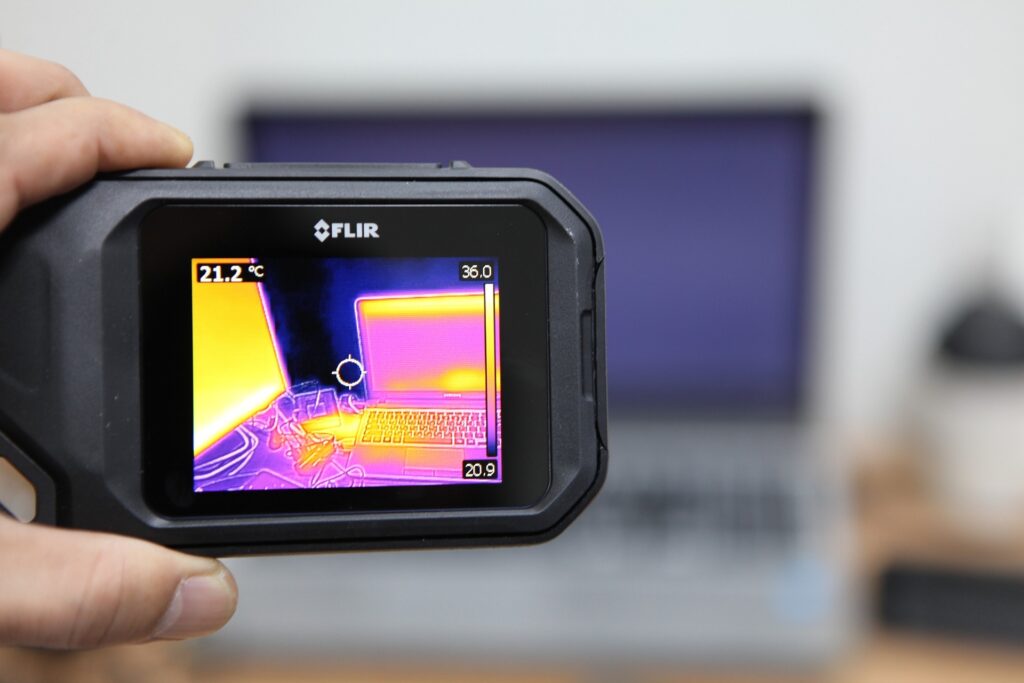There are a lot of things you need to consider when choosing Hikmicro imaging equipment for your project. You need to ensure that you choose the right equipment and pay a fair amount of money for your equipment.
Temperature range
The lowest and highest temperatures required to be measured will define the range of temperature required by the equipment. The range is the set of temperatures that the thermal imaging camera is capable of measuring. It is important when choosing a camera to know the range of temperature that you are going to get in your application and what you need to measure.
Spectral range
This is the range of wavelengths that your thermal imaging camera will be able to detect. This range is a very important factor to consider when choosing the right thermal imaging camera. The spectral range will depend on the target material and the emissivity. The emissivity is the parameter determining the proportion of the thermal radiation emitted by the object or surface due to its temperature.
If you want to reduce errors and increase the measurement’s accuracy then you should choose the camera that has the shortest wavelength to measure the range of temperature of your application. E.g., if you want to measure 600 degrees Celsius and you don’t need to measure values that are below 450 degrees Celsius then you will need a one-micron camera. Temperature measurements will be more accurate when the wavelength is shorter.
Sensitivity
When choosing Hikmicro thermal imaging equipment, it is important to consider the sensitivity. The thermal sensitivity is equivalent to the smallest temperature differential that can measure the camera without attribution to its noise. The thermal sensitivity of a camera is equivalent to the thermal resolution. The more sensitive the detector is, the finer the temperature details the thermal camera will be able to display.
Resolution
The thermal camera’s resolution is also known as the detector and it determines the quality of the image rendered. The resolution of the camera indicates the total number of pixels in the detector. More pixels indicate a higher resolution.
When the resolution is higher, the individual point in the image will be more accurate and sharper. This allows for better decisions. A high-resolution camera can measure very small targets at a greater distance and this means that sharper thermal images can be created for more reliable and accurate measurements.
Field of view/optics
The field of view is typically determined by the lens of the camera and refers to the extent of the scene that the thermal imaging camera can capture. When the field of view is greater, it means that the space or area that can be captured by the camera is also greater. Some thermal imaging cameras come in multiple lenses for different applications.
Focus
When choosing Hikmicro thermal imaging cameras, it is important to consider the focus. Having an accurate focus will get you a sharp image. There are different focus systems you can choose between including autofocus, manual focus and fixed focus.
Written by Lifestyle writer Sam Copeland


